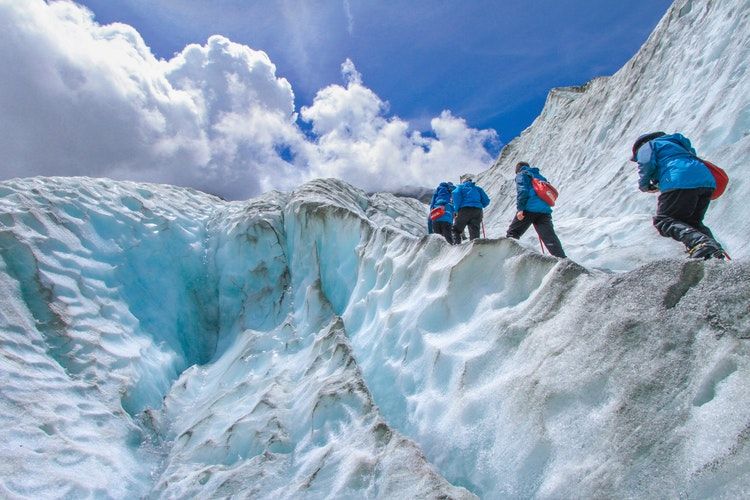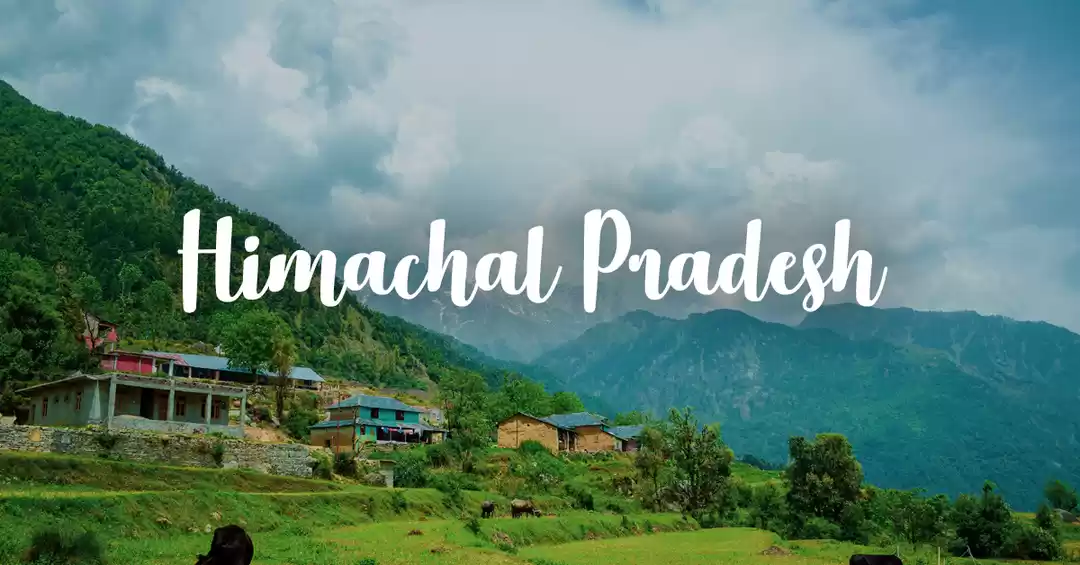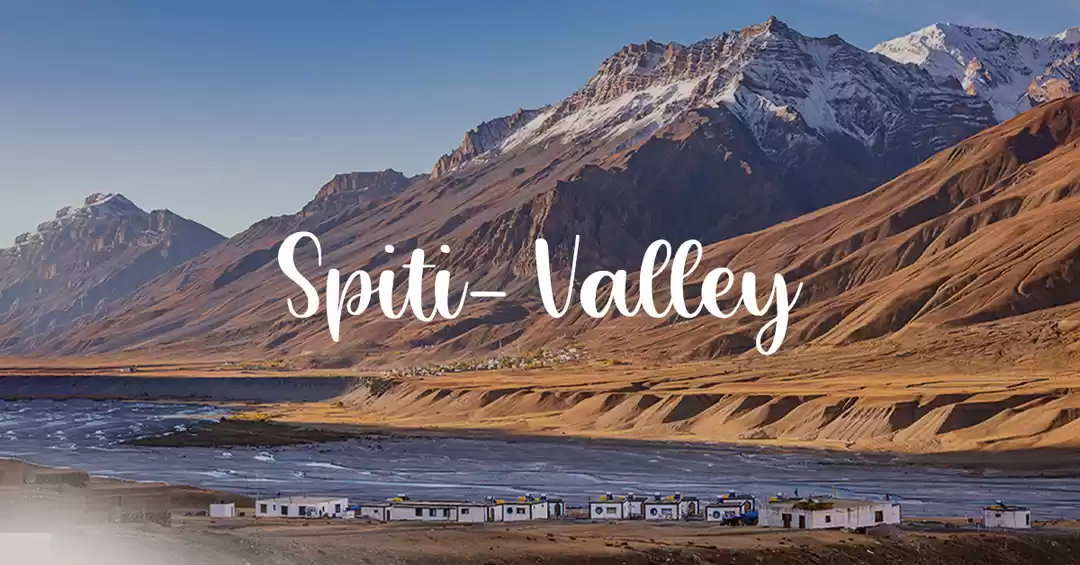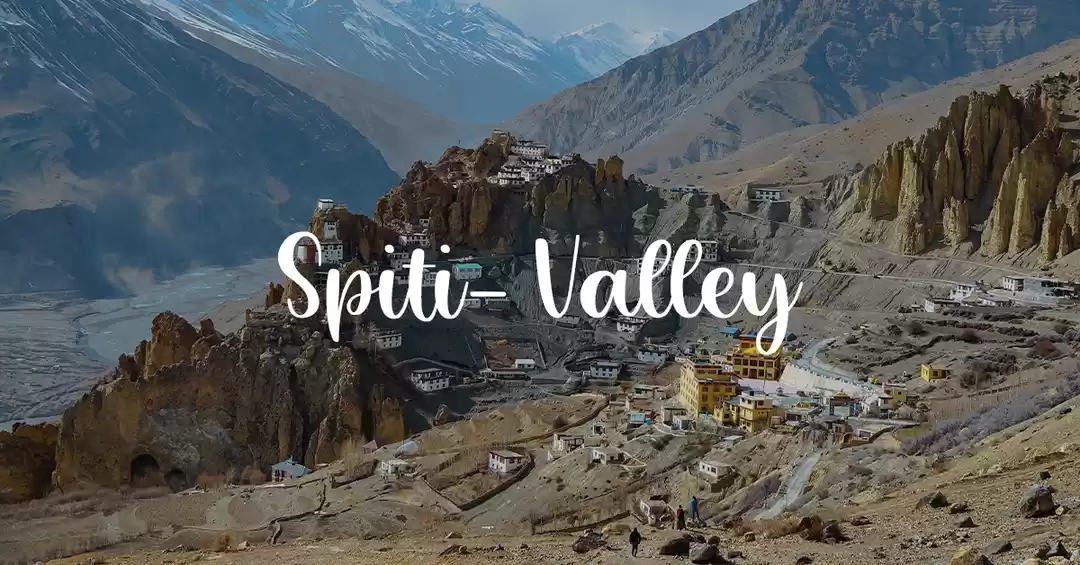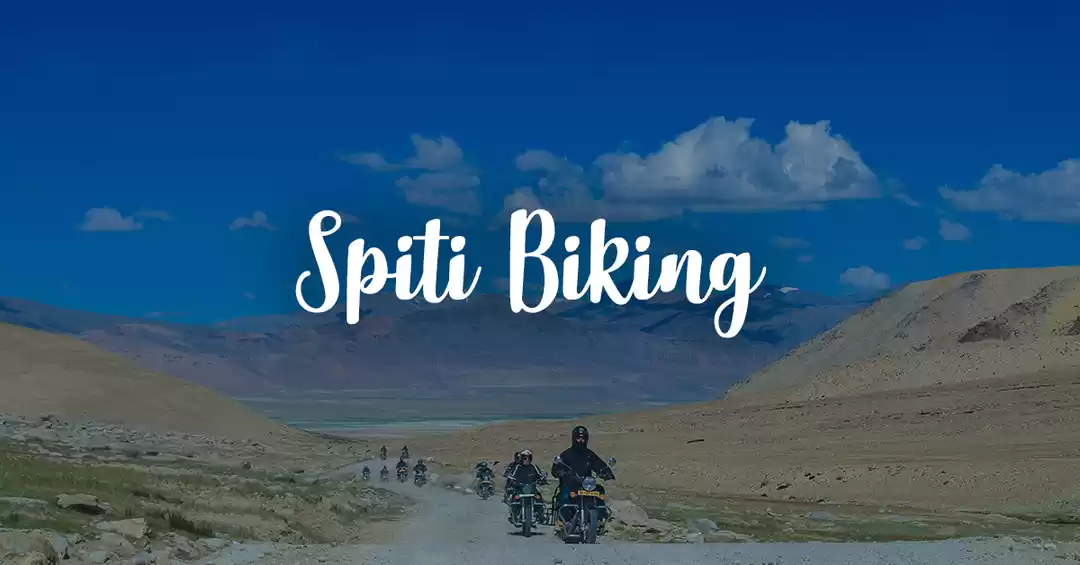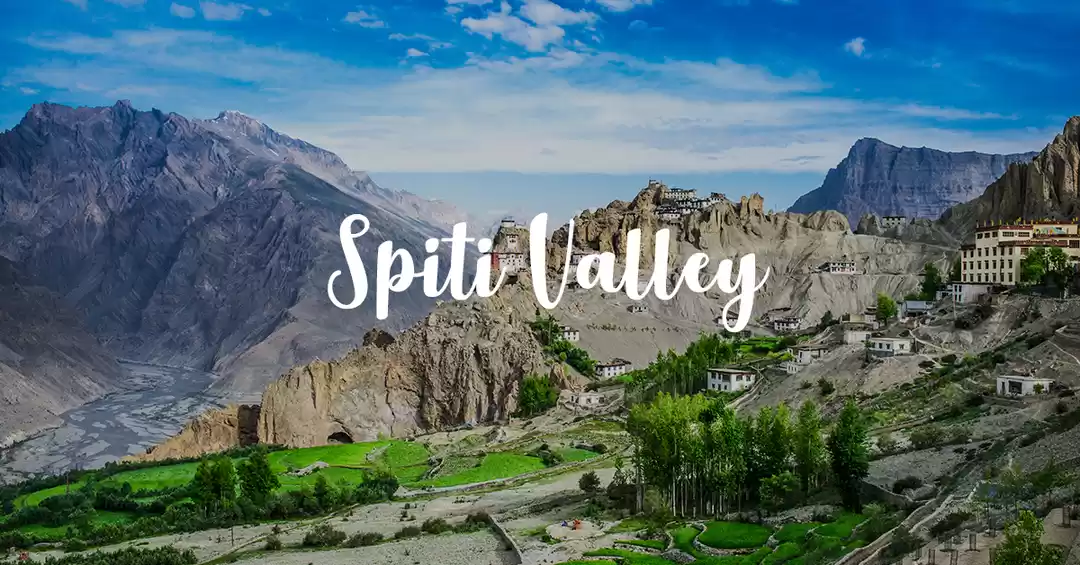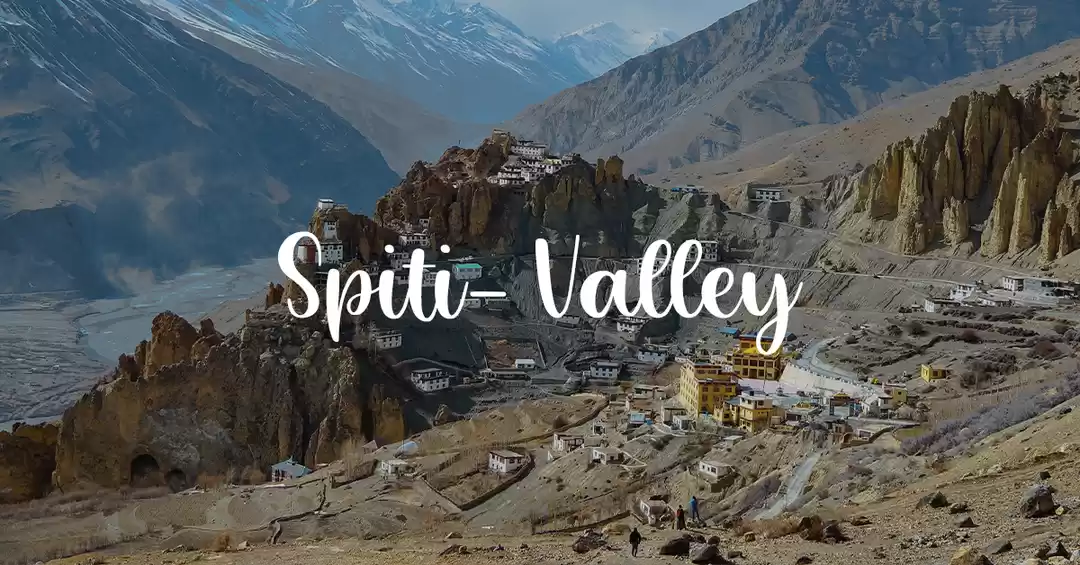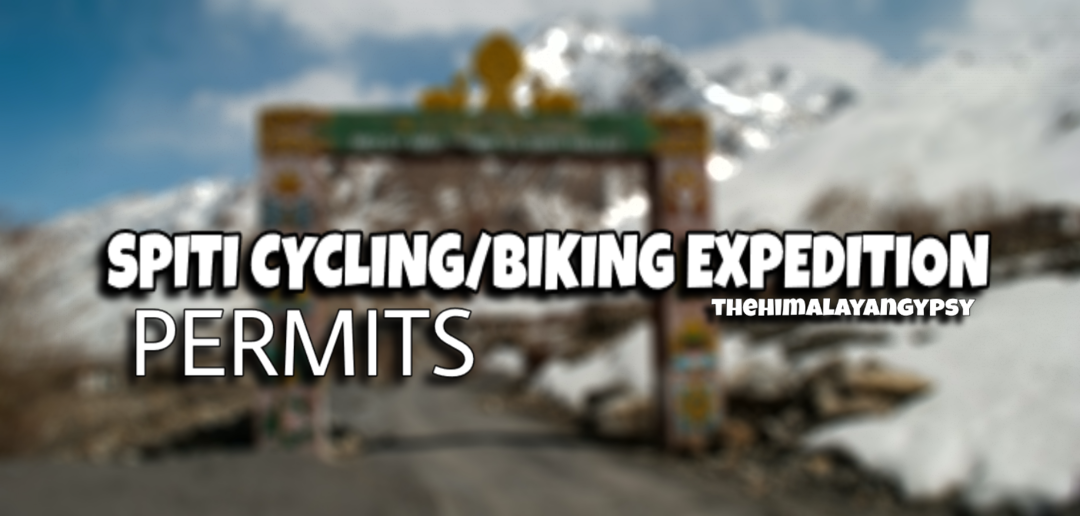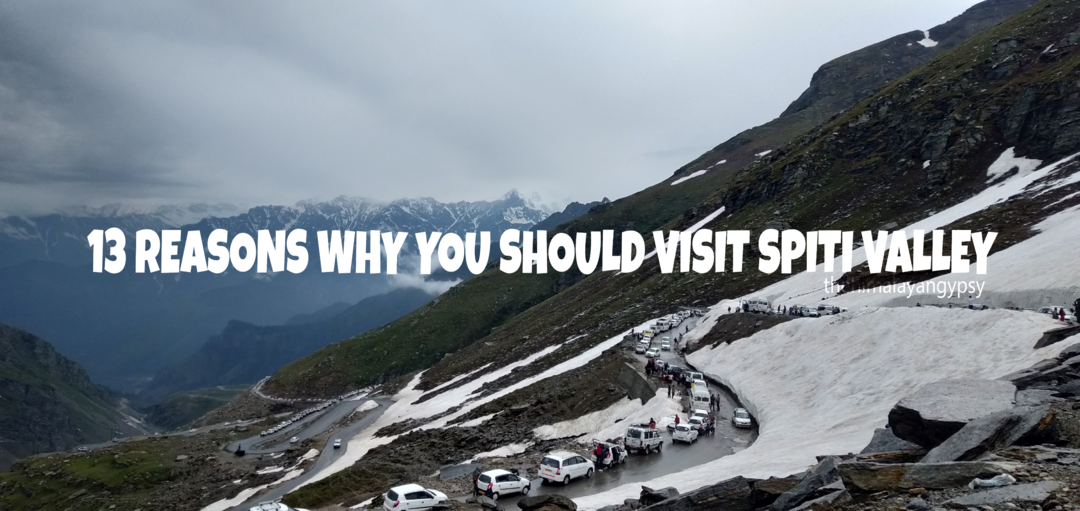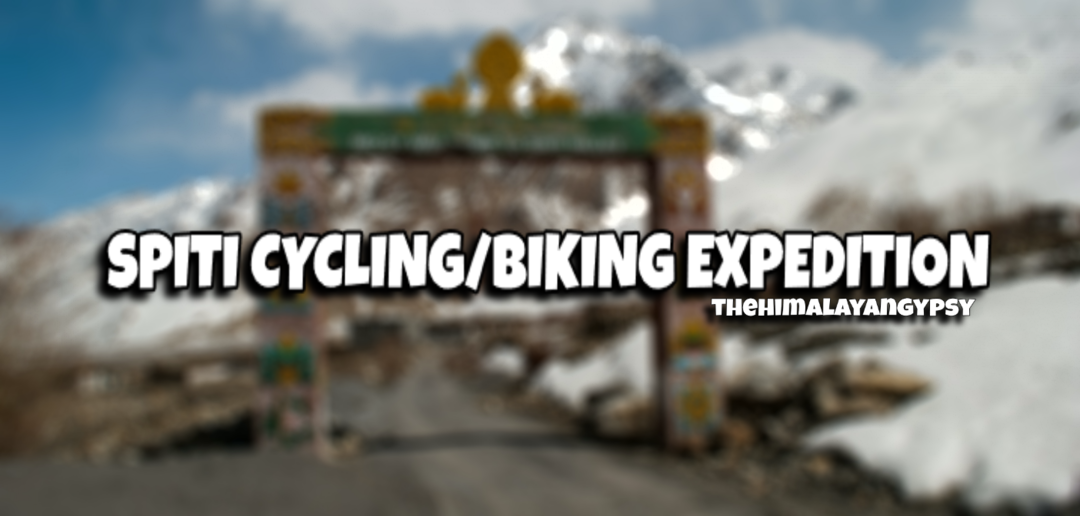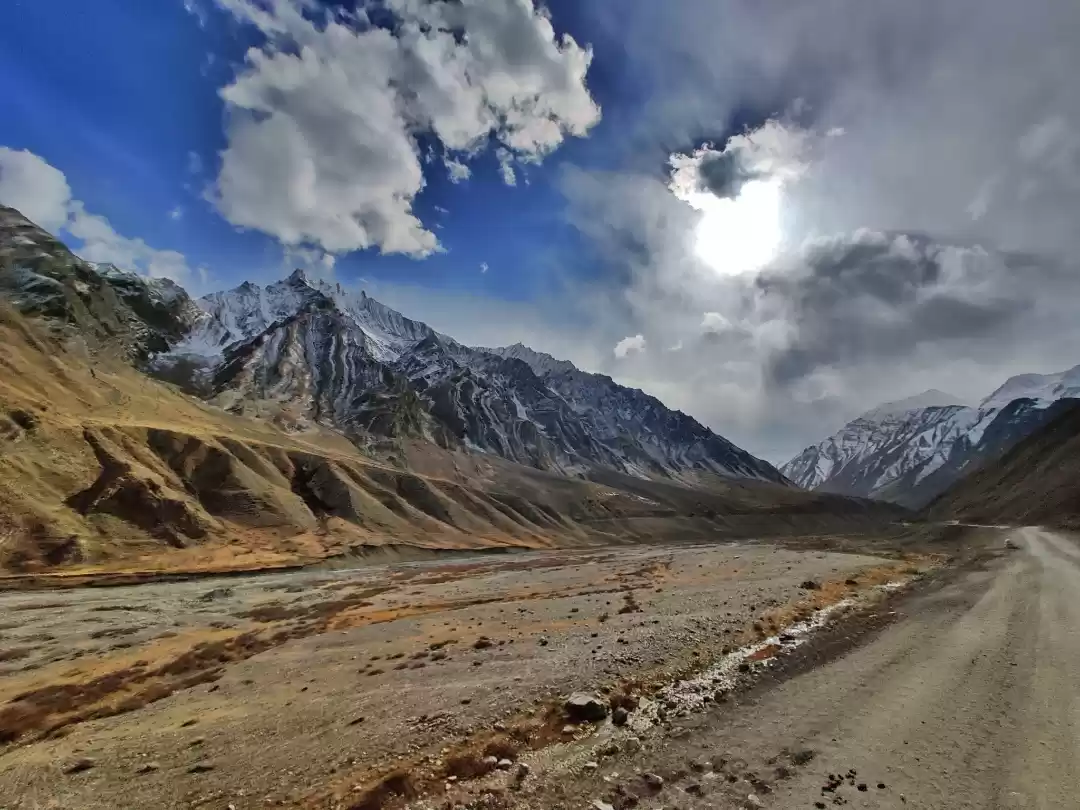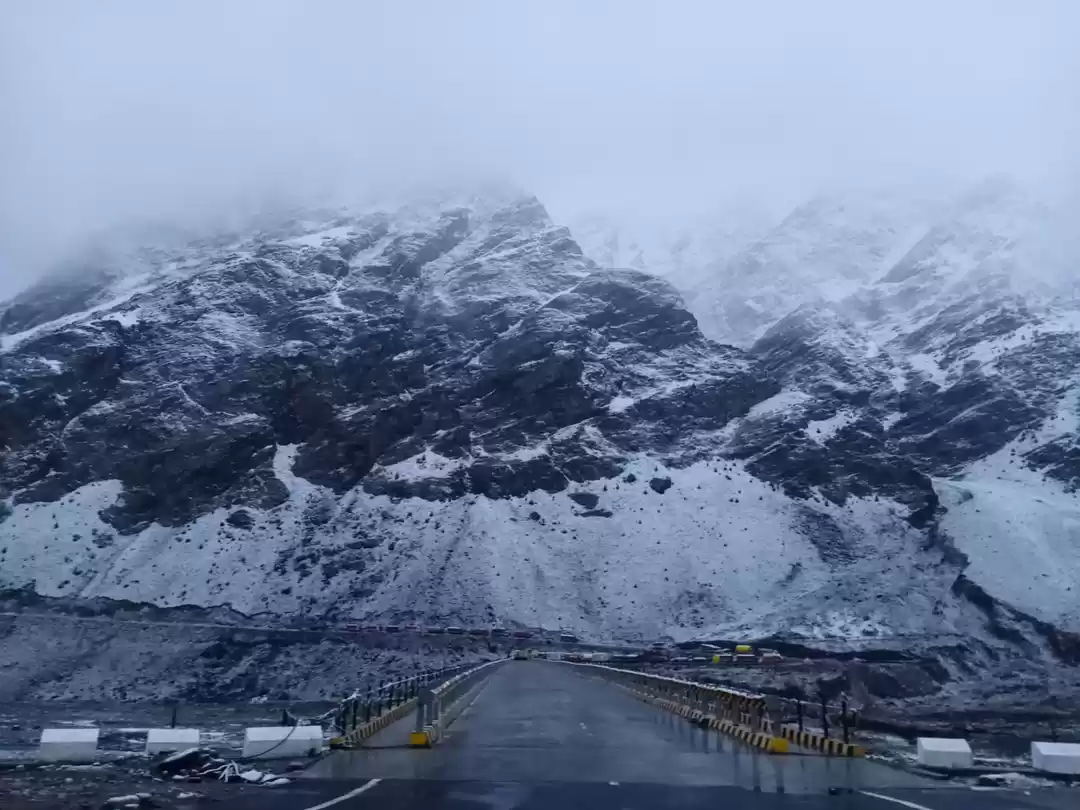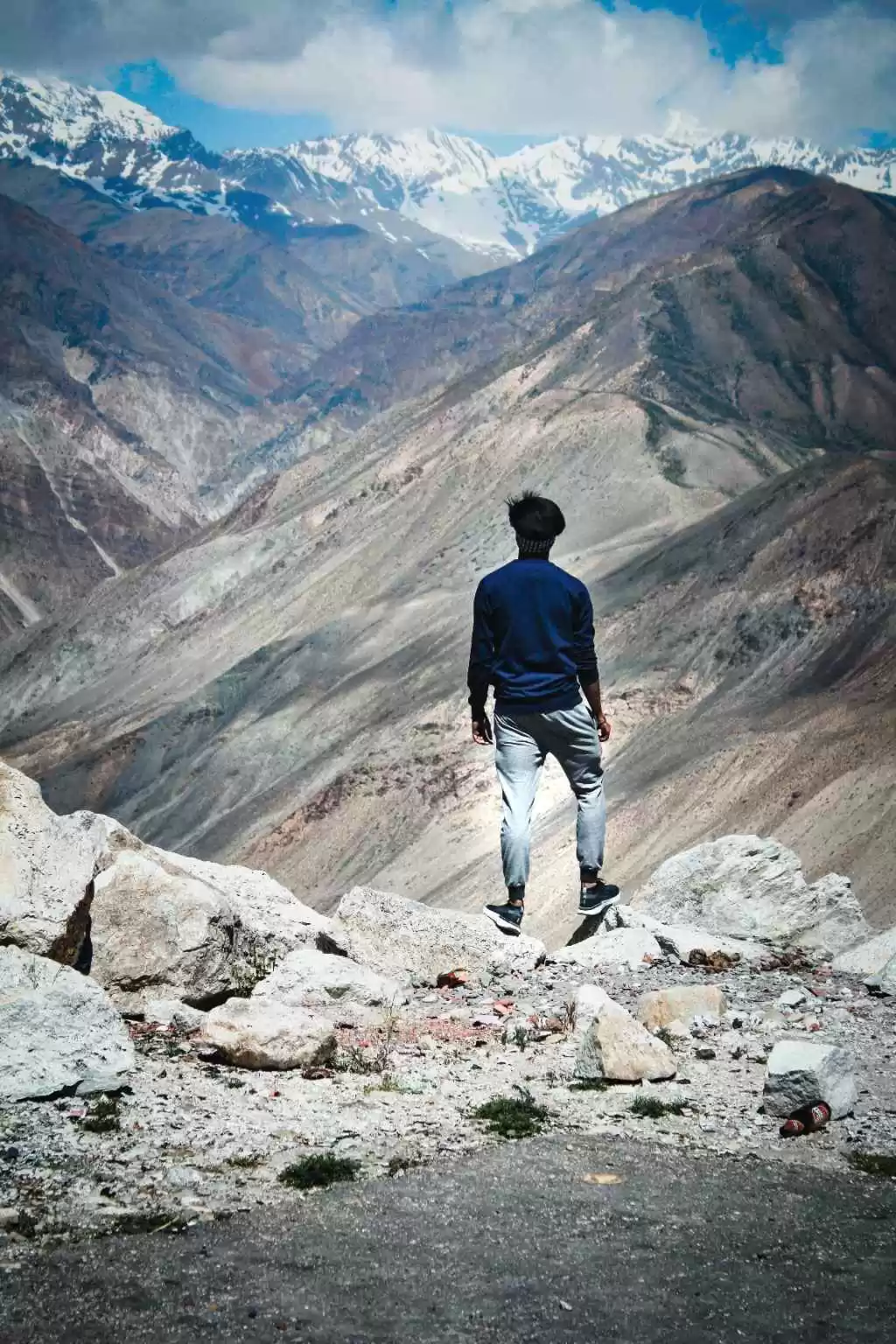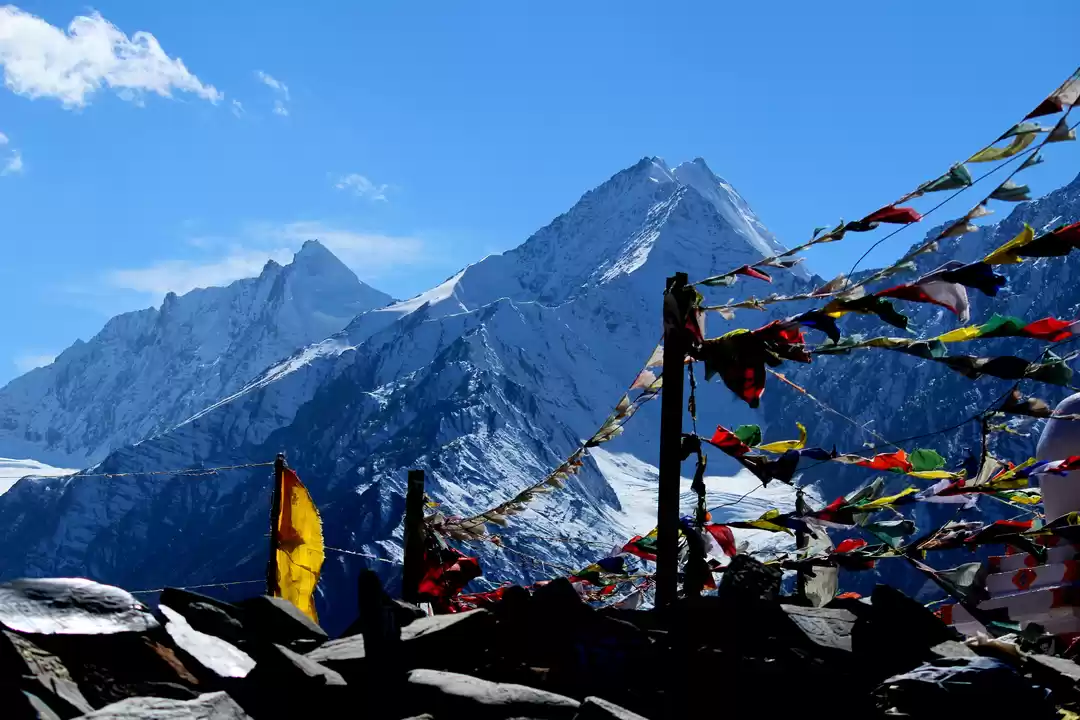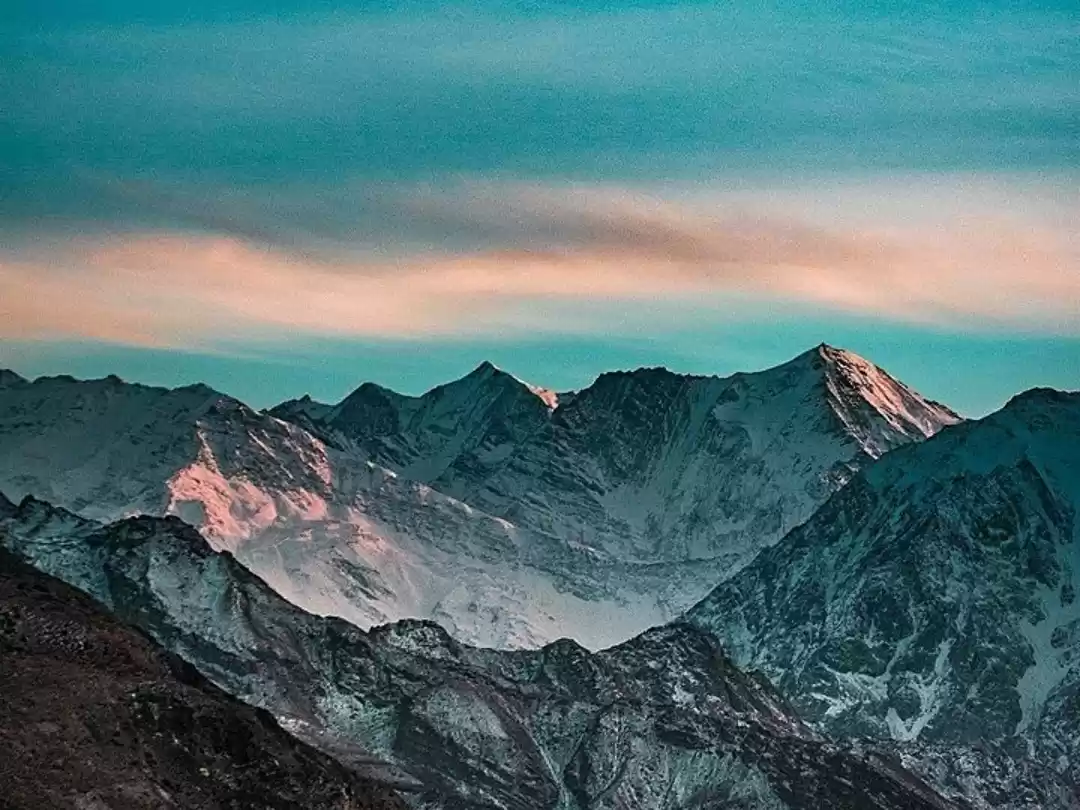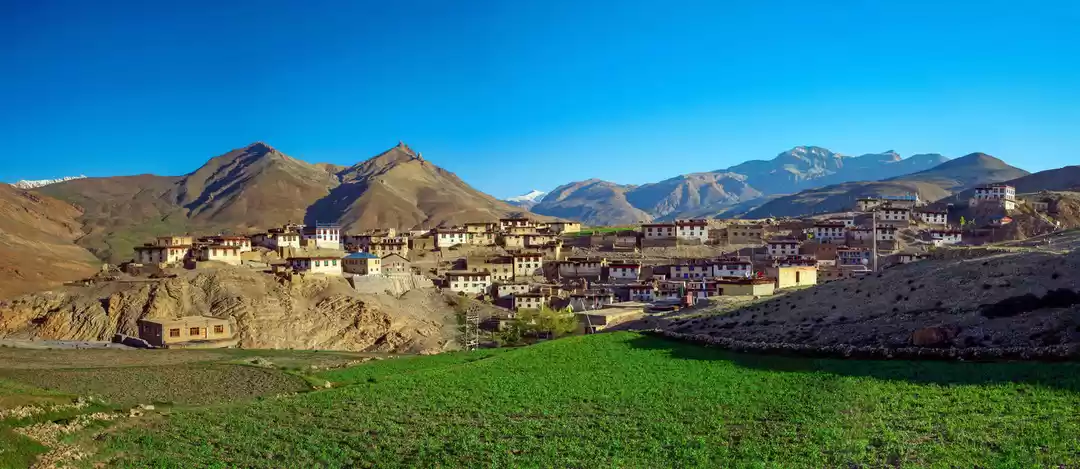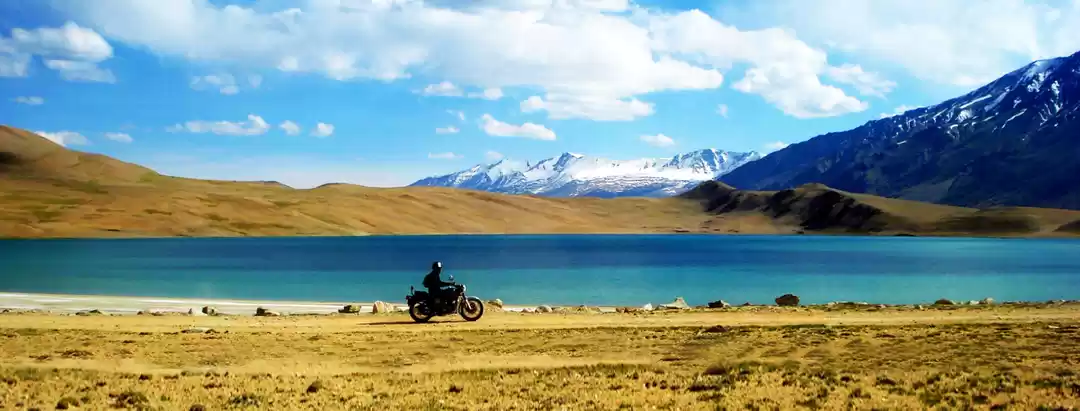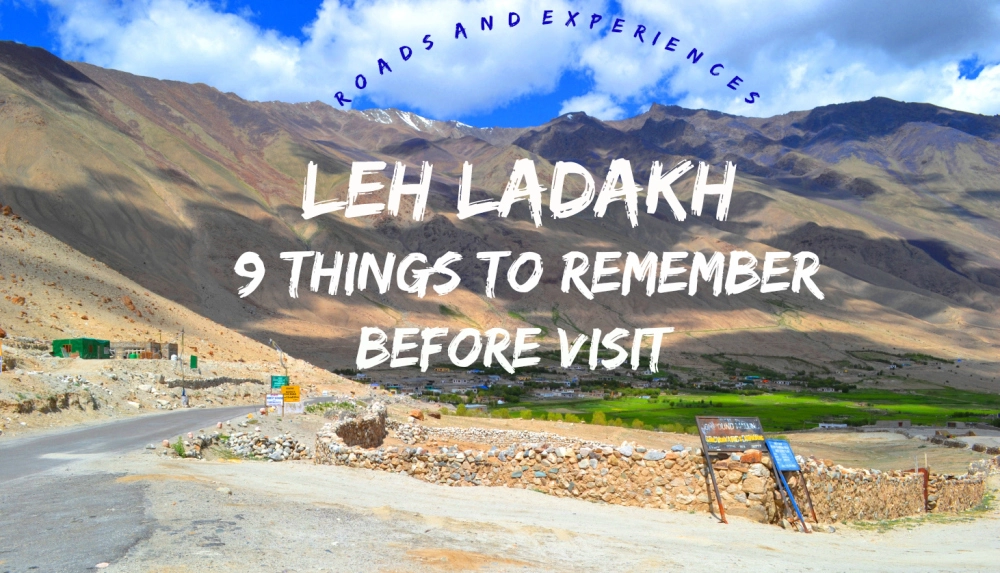A week before my trip to Spiti, when I voiced my high altitude fears, I became a spectator to my friends' incredulous faces. It was as if I had said something very outrageous. So I made them read about the story of a girl who couldn't remember crossing Rupin Pass after being affected by a serious high altitude illness. It instilled a sense of fear in my friends as much as it did to me when I first read about it. That's when I realized how a lot of people are oblivious to the extremities of altitude sickness.
Altitude sickness connotes negative health effects caused by sudden exposure to low amounts of oxygen at high altitudes(above 8000ft/2400m). Depending on the symptoms, it can be mild and harmless or advanced and fatal.
Without sounding too discouraging or didactic, I want to dive straight into the different kinds of altitude illnesses, their treatment and prevention.
Acute Mountain Sickness (AMS)
The mildest and the most common form of altitude sickness and mountain sickness, AMS occurs when your body hasn't adjusted well to the low oxygen pressure at a high altitude.
Symptoms: Headache, nausea, dizziness, gastrointestinal issues, insomnia, tiredness
Cure: Take plenty of rest and don't exert your body, especially if you're trekking. Eating raw garlic might also help (It worked like a charm for me!)
High Altitude Pulmonary Edema (HAPE)
HAPE occurs when fluid from your blood accumulates in the air sacs, creating a high pressure around the lungs. It is an advanced form of altitude sickness and can turn fatal if not treated on time.
Symptoms: Difficulty breathing even while at rest, dry cough, fatigue, loss of appetite
Cure: It is very important to descend quickly. But if you can't descend easily, an oxygen cylinder and a dosage of Diamox and Nifedipine (consult an expert before consuming) may come in handy.
High Altitude Cerebral Edema (HACE)
HACE occurs when fluids accumulate and swell the brain. It is as dangerous as HAPE and can be fatal if not treated on time. People affected by HACE might not even realize they're affected, so keep an eye on your co-trekkers/travellers.
Symptoms: An intense headache, confusion, talking strangely or irrationally, loss of coordination and trouble walking in a straight line, changes in mental state
Cure: Like HAPE, bringing the affected person down to a lower altitude is extremely important and would be the best way to treat HACE. A dosage of Diamox and Dexamethasone (consult an expert about the dosage) might also help.
Tips for preventing altitude sickness and mountain sickness
1. Gradual ascent: Before embarking on a trek or a trip to a high altitude place, check your itinerary and learn about each place's altitude. As a general rule of thumb, don't climb up more than 1,000ft/300m per day.
2. Diamox: Acetazolamide, sold under the trade name of Diamox is a medicine that speeds up the process of acclimatization. Diamox forces the kidneys to excrete bicarbonate from the body. Although many trekkers swear by this medicine, consult your doctor before consuming it. Do remember that it's a preventive medicine and you'd have to start a course before ascending.
3. Garlic and cloves: I might sound like a staunch flagbearer of garlic but it worked like a charm for me and stopped my dizziness, queasiness and headache within minutes. Garlic is a blood-thinner and helps your body take in more oxygen. Cloves also help the body use oxygen more efficiently.
4. Water: This should be a no-brainer. Water is the most important thing your body needs after oxygen and at high altitudes, you lose much more water from your body than you think you do. Dehydration is not only bad in itself but it can also aggravate altitude sickness.
5. Don't exert yourself: This is especially important for fit trekkers who ascend quickly and later face altitude sickness and mountain sickness. Tread lightly, with enough breaks in between.
6. Avoid drinking alcohol and smoking: A lot of people consume alcohol under the impression that it keeps them warm. I have seen people drinking alcohol at high altitudes and they were completely fine. But I have also witnessed people falling terribly sick after consuming alcohol. If you're a trekker or have already hit AMS while travelling, it's better best to avoid alcohol. Instead, drink hot water with ginger and honey. Likewise, smoking anything would directly affect your lungs, making it hard for your body to cope with the altitude.
7. Keep your room/tent well-ventilated: Oxygen levels in the blood are lower during sleep and keeping your space tightly closed would only make things worse. Make sure your room has some gap for air.


